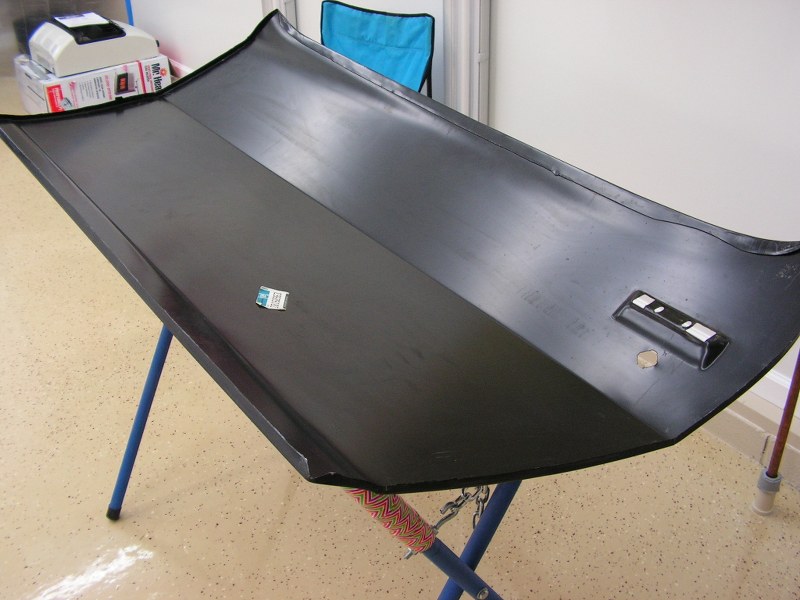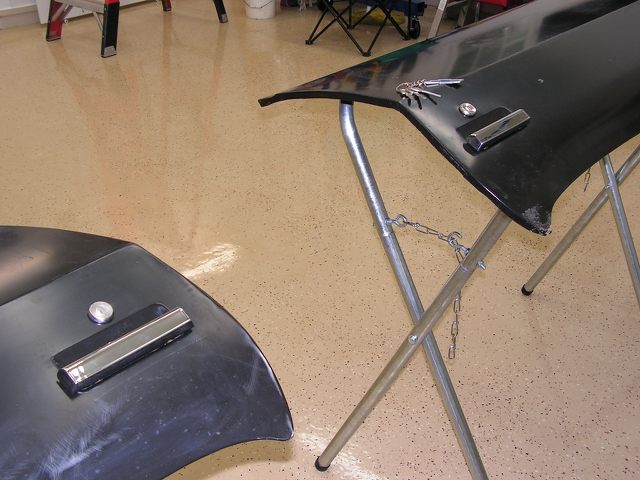rustover
Member
Guys, What's the preferred method of prep for a restoration on an inner door skin panel. These are old gm panels. Not sure if I should just scuff the e coat or remove it. I was planning on applying two coats of epoxy and then using some bedliner in the middle for sound deadening. Not sure what to do with the inner flange edge that I will be bending over??. I would think the e coat or epoxy would just break once I starting hammering.

Thanks, Russ

Thanks, Russ



